When it comes to online reviews, appearances can be misleading. It’s not always easy to discern whether reviews are genuine or not, especially considering most will appear as if they have been done by genuine consumers.
Unscrupulous sellers may provide customers with freebies in exchange for positive reviews, or give them a full refund on their purchase after the review is done. Some have also been known to offer monetary payments in exchange for positive reviews. Other reviews may be written by people who have never even seen or purchased the product.
Best Ways to Assess Authenticity
Because fake reviews may not always be immediately obvious, you need to be mindful of many factors to determine whether a recommendation is dubious or genuine.
Appearances Can Be Deceiving
Your first line of defense is a good degree of skepticism. An inquiry into fraudulent reviews carried out by a well-known British online publication found the top most rated headphones had as many as 5,500 unverified reviews (i.e. those where Amazon is unaware whether a purchase has been made or not) with scores of reviews for a product on the same day.
If you observe that a particular product has a notably high number of reviews compared to others of the same category, you would be right to be a little suspicious, especially if the reviews tend to be exceptionally positive.
Be sure to check the dates that the reviews were posted on, as well. If it seems like most were posted on the same day, then it is very likely the result of an incentive drive carried out by the seller on various social media platforms.
Exercise Caution with Unknown Brands
While it is not uncommon for many new brands to work towards carving a niche for themselves to reach new consumers in a competitive market, many may attempt unethical shortcuts in their climb up the listings. If a brand is unfamiliar to you, get online and verify whether it has a website that seems legitimate. Make sure they have put up their contact details, so customers may easily contact them.
Do A Survey Of The Comments
Carefully go through all the reviews while keeping certain points in mind:
Is the percentage of five-star reviews very high?
Try to consider the actual likelihood that so many people felt the product is perfect. Ask yourself whether the reviews seem rather over the top in its praise of the product. It’s perfectly natural for there to be at least some reviews of this type, however, if all or most of the reviews seem this way then perhaps it’s best to exercise caution.
Are there a lot of pictures in the review?
Many sellers provide incentives to reviewers to post pictures along with their positive reviews. One way scammers try to come across as genuine is to use images from google or other image search sites and pass it off as their own. A good way to detect this is to save the image and then use it to search via Google Images.
Is the review very specific regarding the experience with the product?
Reviews that go into the smallest of details surrounding the product can be very informative. Watch out for blanket reviews that over-sell the life changing abilities of the product. They can be vague and misleading. Blanket reviews are interchangeable with many products and altering a few words allows them to be used for multiple sites.
Mentioning unique features of that product and its useability are hard to fake with scammers that like to use scripted reviews. Watch out for anything that might seem extraordinary. If it seems too good to believe, it may very well be.
Look at Grammar and Phrasing
A lot of times merchants may enlist the aid of “content farms” to produce fake reviews for them. These reviews will often have very poor grammar and punctuation. Or else the style of writing may not be consistent with genuine customers who may express their opinions. Any review that uses language similar to infomercials, is written in all caps, or missing punctuation should raise a red flag.
According to a study conducted by Cornell University, online reviews that make frequent use of the words “me” and “I” or a lot of verbs have a higher likelihood of being fake than reviews that don’t. A possible reason for this is that people who are lying will use a lot of personal pronouns to sound more credible.
Beware of “Review Merging”
Review merging refers to the practice of taking reviews from entirely different products and passing them off as reviews of another product. You may find evidence of this via the reviewers profile and past reviews and also by checking the reviews of similar category products and comparing them.
Remember that reviews are also searchable via google and any review you are not sure of can be copied and pasted into the search bar to identify whether it has been used before. The seller may be attempting to deliberately manipulate the product listing to make it more attractive to customers.
Survey Less Positive Reviews
Negative reviews can often give a more accurate picture of the nature of the product in question. Keep in mind that negative reviews do not necessarily mean a product is of poor quality. After all, it is not uncommon for a customer to have an unfavorable opinion with regards to the feel or style of a product. There may also have been issues with customer service or delivery, and such issues will not necessarily apply to everyone.
However, if a product is met with consistent criticism about quality or functionality or comments indicating surprise over the number of positive reviews, this could well be a warning sign that the reviews may have been incentivized by offers of any gifts or discounts.
Also look for obvious patterns in the sequence of reviews. For example, if a product gets a bad review followed by a flurry of favorable reviews. The seller is likely trying to bury the bad review and bump up their average score. It’s also a very good idea to check feedback about the seller to get an idea about the opinions of other customers about the product or service.
Admitted Bias
There is no reason for anyone to review a product, or service if they have not purchased or used it. Most people will wait till they have utilized the product, read the book, or traveled to a particular destination before recommending it or attempting to dissuade others. Reviewers may often promise to change or update their reviews in the future.
Ensure That Purchases Are Verified
Verified reviews are those in which the purchase of the product can be confirmed by the marketplace. Those reviews where the marketplace is unable to confirm where or when the product was purchased are non-verified. The words “verified purchase” or a similar phrase will appear next to the name of the reviewer on most marketplaces.
Look for Other Reviews By the Same Person
In most instances, you can ascertain what other products or services have been purchased by a reviewer by viewing their accounts. Have they have purchased other similar products and services like this before or does their review history contain a varied selection? If you notice that all their reviews are largely positive, then the reviewer may have been influenced by the seller with gifts and other incentives.
You may also find that they only review a specific brand or type of product which again can be evidence of influence. One of the biggest identifiers of dodgy reviews will be if the reviews they have completed are almost identical through review merging of their own content
Reviewers who seem to have purchased the same product repeatedly within specific non consumable categories are also likely to have been influenced by proprietors. This is easy to tell as it would generally not be necessary for someone to buy the same thing repeatedly within short periods of time. Try to see if the reviewer has done several reviews for the same business or brand name.
You can also try to contact the reviewer directly and enquire further about their reviews. Fake reviewers will usually not respond, while genuine ones will often be eager to help and share more helpful information.
Be on the lookout for profiles using generic names and those without any profile photos. It is not uncommon for fake reviews to be produced in bulk by anonymous offshore companies. These fake reviews are then posted to various eCommerce platforms using different accounts. Profiles using names such as John or Jane Smith should be considered red flags.
Utilize Online Tools
If you are still unable to verify the authenticity of online reviews using the methods mentioned before, there are a couple of excellent tools you can use to help spot fake reviews.
ReviewMeta: This is an online website that is great for spotting fake reviews on Amazon. It can also be added as an extension to Chrome, Firefox, and Edge. However, this website can only analyze the first 10,000 reviews of a product as the remaining reviews are hidden from view by Amazon.
Just copy the URL of the review you wish to cross-check and paste it into the search bar. ReviewMeta will then eliminate all reviews that are deemed unreliable. Once this is done, it will also replace Amazon’s aggregate rating with its own and also generate a report card that will evaluate certain criteria and grade the review page with “Pass,” “Fail,” or “Warn.”
ReviewMeta also has a unique feature that allows you to tweak its algorithm so that certain criteria may be omitted or given more emphasis than in the default configuration. You can even adjust the analysis criteria after the website or extension has finished analyzing a page by clicking on View/Edit Adjustment and opening the site’s grading mechanics tool.
Fakespot: This handy tool for spotting fakes is great for analyzing reviews on sites like Amazon, eBay, Walmart, Best Buy, and Sephora. Its algorithm scans through reviews and reviewer profiles. It then analyzes details like previous reviews, the language and tone used by reviewers, and purchase history. After meticulous calculations of these factors, it will determine the credibility of reviews and reviewers.
Like ReviewMeta, Fakespot also provides its ratings after analyzing reviews and filtering out fake ones. It has extensions that enable it to be an add-on to Chrome, and it is also compatible with both iOS and Android apps.
Reporting Fake Reviews
In the event that you spot a review that seems fake, you will usually have the option of flagging or reporting it to the marketplace. Once alerted, the marketplace will investigate why the review has been flagged. Many well-known e-commerce platforms such as Amazon, eBay, and Trustpilot have provisions for consumers to report suspicious reviews.
- On Amazon, there is a “report” button attached to all the reviews. You can also send them an email to flag any issues.
- On eBay, you can click “see all reviews” under the product reviews menu. You will also notice an exclamation mark under each review. Clicking on this will allow you to flag the review.
- Trustpilot also has a flag symbol under each review which allows you to report the review by clicking on it.
Consumer rights may vary across the world per local laws and regulations. However, if you suspect you may have been misled by a retailer in any online purchase, you can easily cancel the order and return the product. You can log on to your local government website to learn more about consumer rights in your jurisdiction.

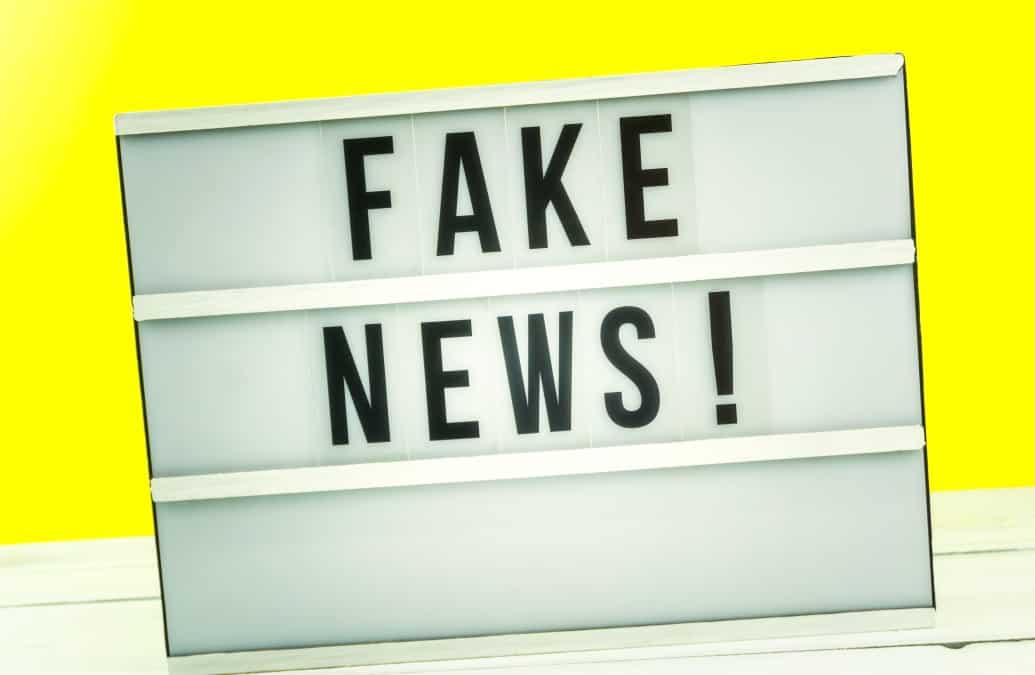



















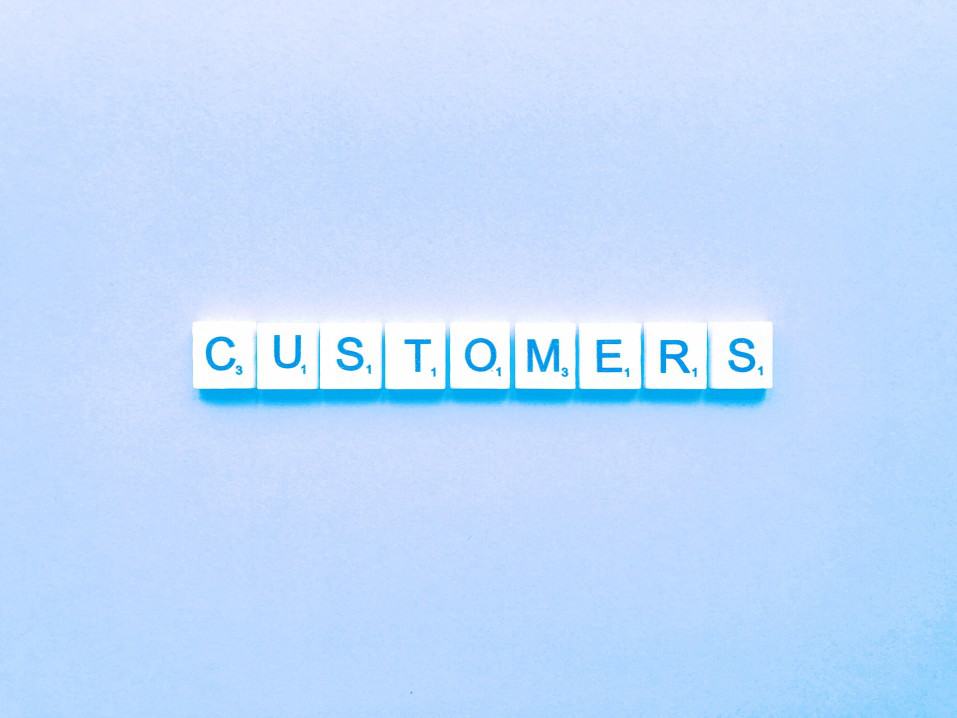
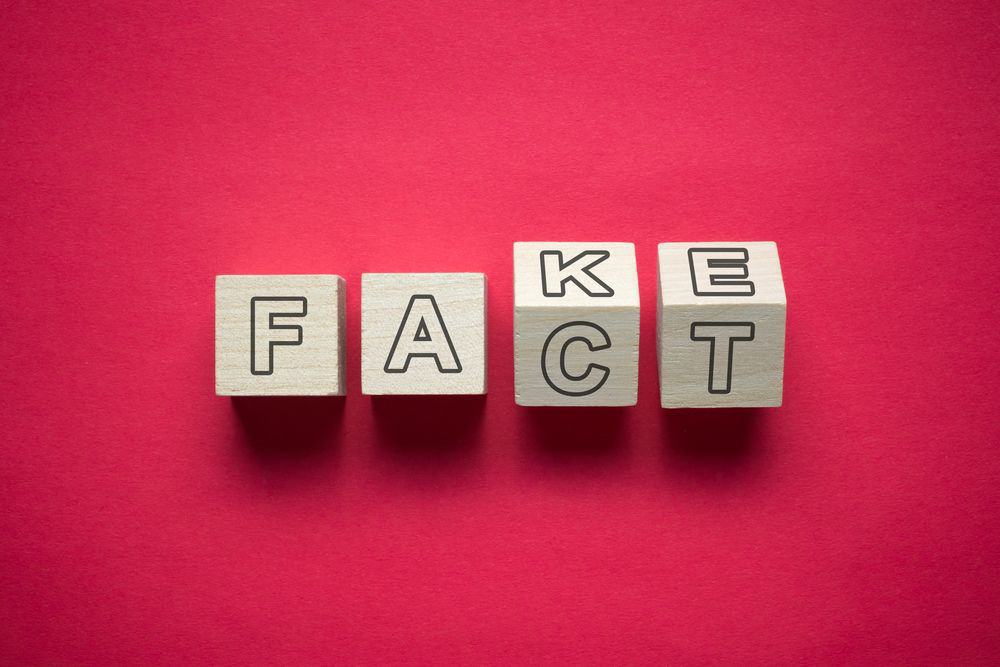
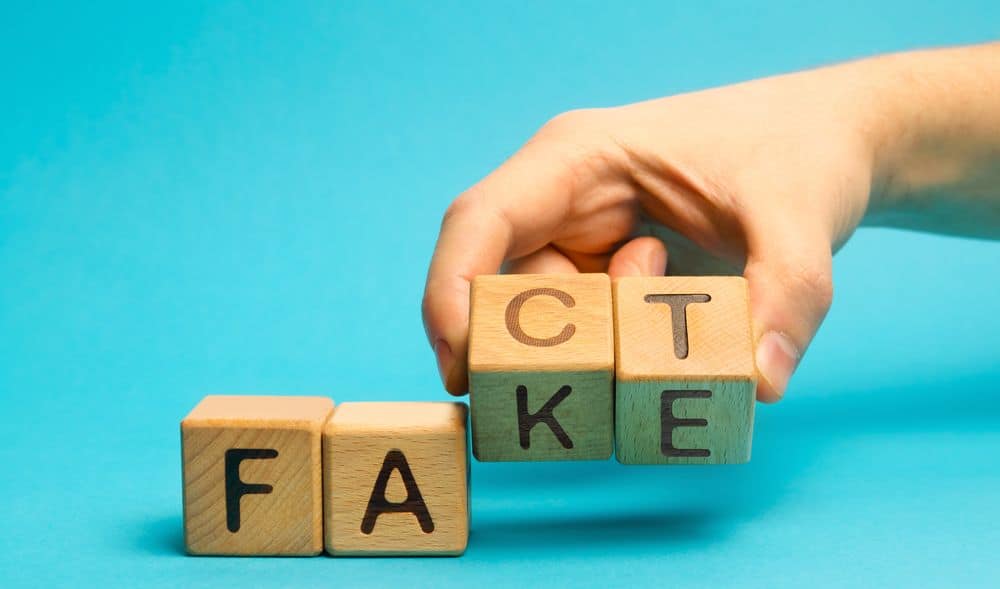
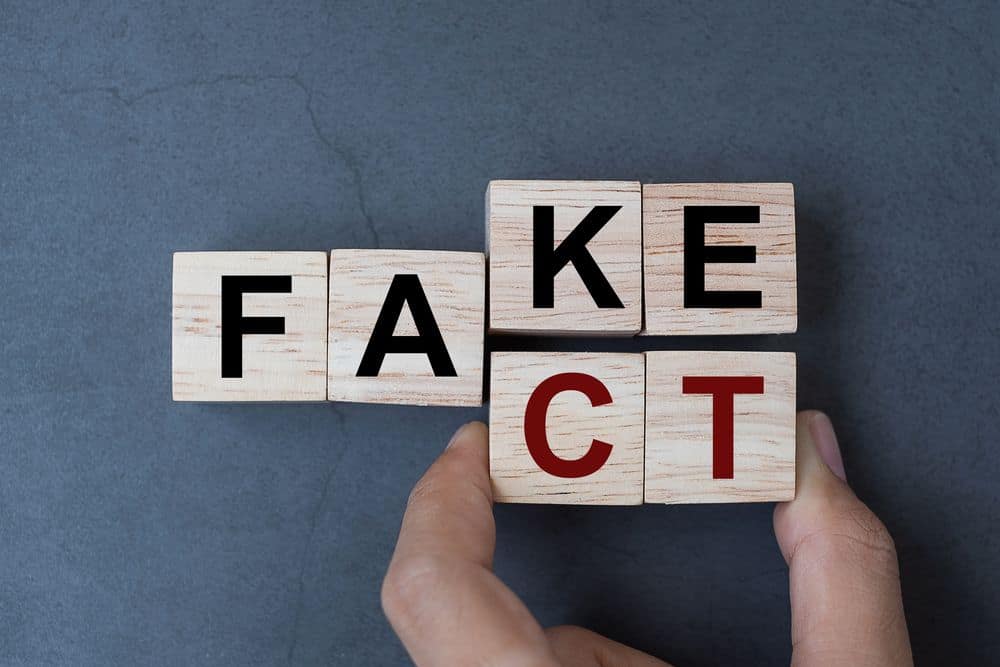


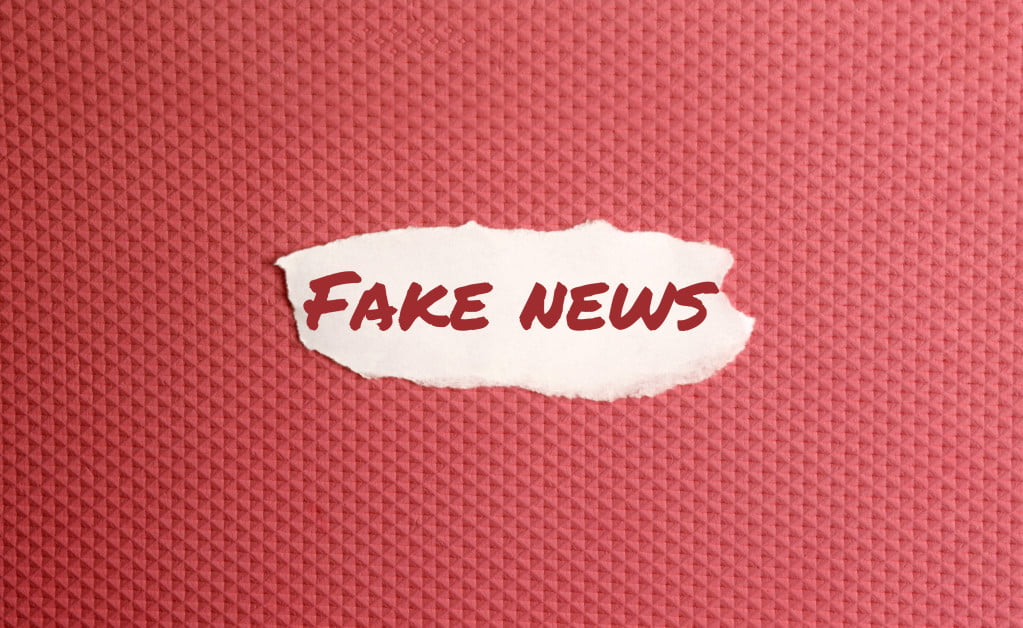
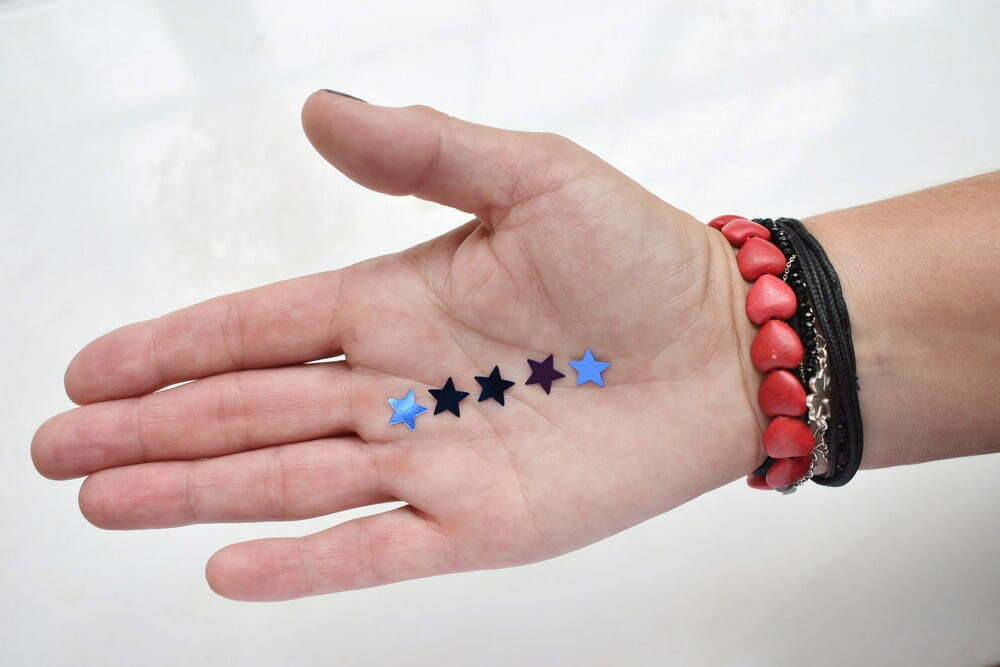
![Best Amazon Review Checkers in [year] 22 Best Amazon Review Checkers in 2025](https://www.gadgetreview.dev/wp-content/uploads/best-amazon-review-checker-image.jpg)
![Best Renters Insurances in [year] 23 Best Renters Insurances in 2025](https://www.gadgetreview.dev/wp-content/uploads/best-renters-insurance-image.jpg)